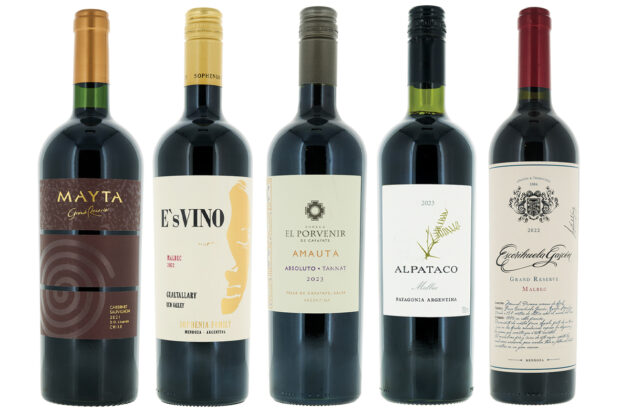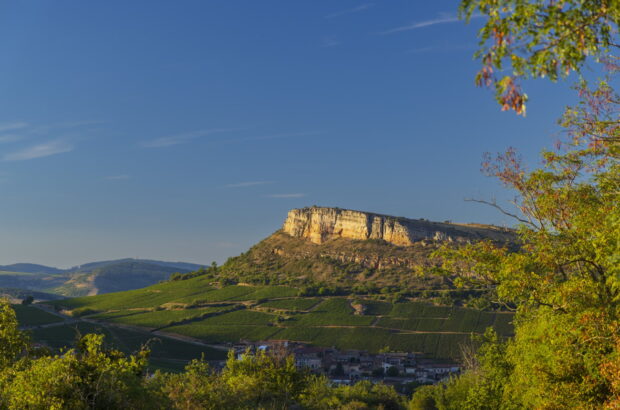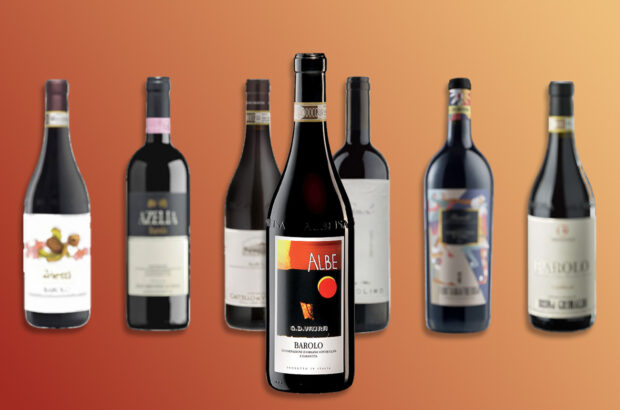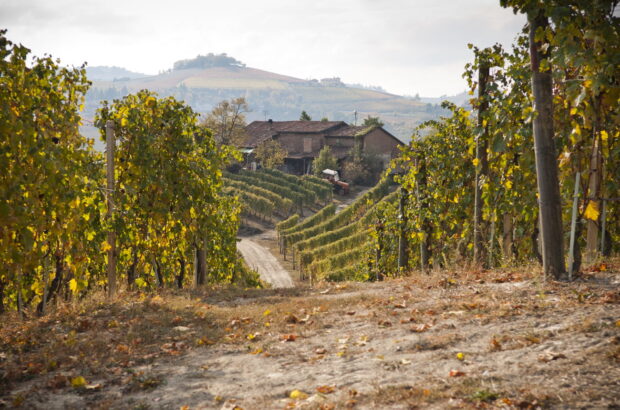Charlie Geoghegan is a wine writer from Dublin. He lives in London, where he is senior copywriter at merchant Berry Bros & Rudd.
Image of Charlie Geoghegan: Credit: Krystian Krzewinski
I wasn’t around for the fuzzy yesteryear you sometimes hear about, when a case of Château Lynch-Bages cost a few pence and Latour a few shillings. As I write, I’m trying to make the maths work on my upcoming wedding and buying my first home; filling a cellar I don’t have with wines I presumably can’t afford feels far-fetched. And yet, Bordeaux is the mainstay of my humble wine collection (that is, the wine rack I inherited from a neighbour). How do you figure that, then?
Bordeaux rubs some people the wrong way. So-called Bordeaux bashing is nothing new. I get why people think Bordeaux is elitist. Certainly, some of its wines are accessible only to the one percent. But expensive wine is expensive, and Bordeaux is neither unique nor the worst offender.
Winemaking consultant Stéphane Derenoncourt once told me that ‘the heart and soul of Bordeaux’ lies between the extremes. He’s right. Most producers benefit neither from the prestige of the classified growths nor the potential economies of scale of the entry level. The top tier represents a minority. Far more numerous, and far more representative, is the rest: family estates with varying levels of ambition, resource and success; big firms pumping out serviceable bulk wine; young people trying new things; desperate old growers just trying to survive.
That more people don’t see this side is partly down to the Bordelais themselves. Spin is a local speciality, whether it’s extolling the virtues of one vintage or downplaying criticism of another. Even the ubiquitous moniker ‘château’ paints the region in a certain light. And while there are grand manors and actual castles, you’re just as likely to find modest farmhouses (often family homes) and industrial units.
Nonetheless, a certain image prevails, with Bordeaux’s schmoozy extravagance often pitted against the dirt-under-the-fingernails authenticity of ‘real’ wine regions such as Burgundy or Piedmont. Whether a helpful heuristic or a lazy caricature, this framing obscures the full picture.
If Bordeaux got out of its own way, more people might see what they’re missing.
Cheap-and-cheerful white Bordeaux is everything you could want with fresh seafood. A modest Bordeaux Blanc or Entre-deux-Mers plonked in an ice-bucket and served alongside mountains of your favourite molluscs or crustaceans is hard to beat. Then there’s good white Bordeaux, which might come from Pessac-Léognan but also could be from Graves, Sauternes, the Médoc and elsewhere. Considering how complex these wines can be, how long and how well they age, the going rate for most bottles is nothing short of a steal.
Crémant de Bordeaux and the iterations of rosé are rare in the UK, but fill your boots where you can. Bordeaux’s almost criminally underpriced sweet wines make perhaps the strongest argument that the region is just as much about hard-graft farming as anywhere else.
And then there’s claret itself. If your impression is that red Bordeaux is one big oaky monolith, it’s time to rethink. There has been a shift away from ostentatious new wood and heavy extraction, though you can still find that type of thing should you wish. The sheer volume produced here, even at the high end, means ready availability of a huge variety of styles – often at relatively affordable prices. And even top châteaux are now producing their reds to be approachable within a few years of the vintage.
A letter in Decanter recently admonished Bordeaux for being too expensive, its wines not interesting enough to appeal to a younger crowd. I don’t share the author’s views, but I recognise the sentiment. Bordeaux is often its own worst enemy, unwittingly pushing people into the arms of rival regions. But this dichotomy misses the point. A lot of people write off Bordeaux entirely – not because of what the Rhône or Savoie or the Willamette Valley can offer them, but what Bordeaux has convinced them it can’t.
In my glass this month
From time to time, I’ll open a white wine that’s past its best: flat, thin, lifeless. It’s always disappointing. Not so with the Opalie, Bordeaux 2020 (£30-£34 Honest Grapes, Ideal Wine Co, IG Wines, Starling Wines), a dry white Sauvignon Blanc-Semillon blend from Barsac’s Château Coutet; I was actually too early. It wasn’t so much ‘singing’ as learning its lines and doing some vocal exercises. Subtle but concentrated, tangy but tightly wound, it was delicious – and will be infinitely more so in a year or two.













